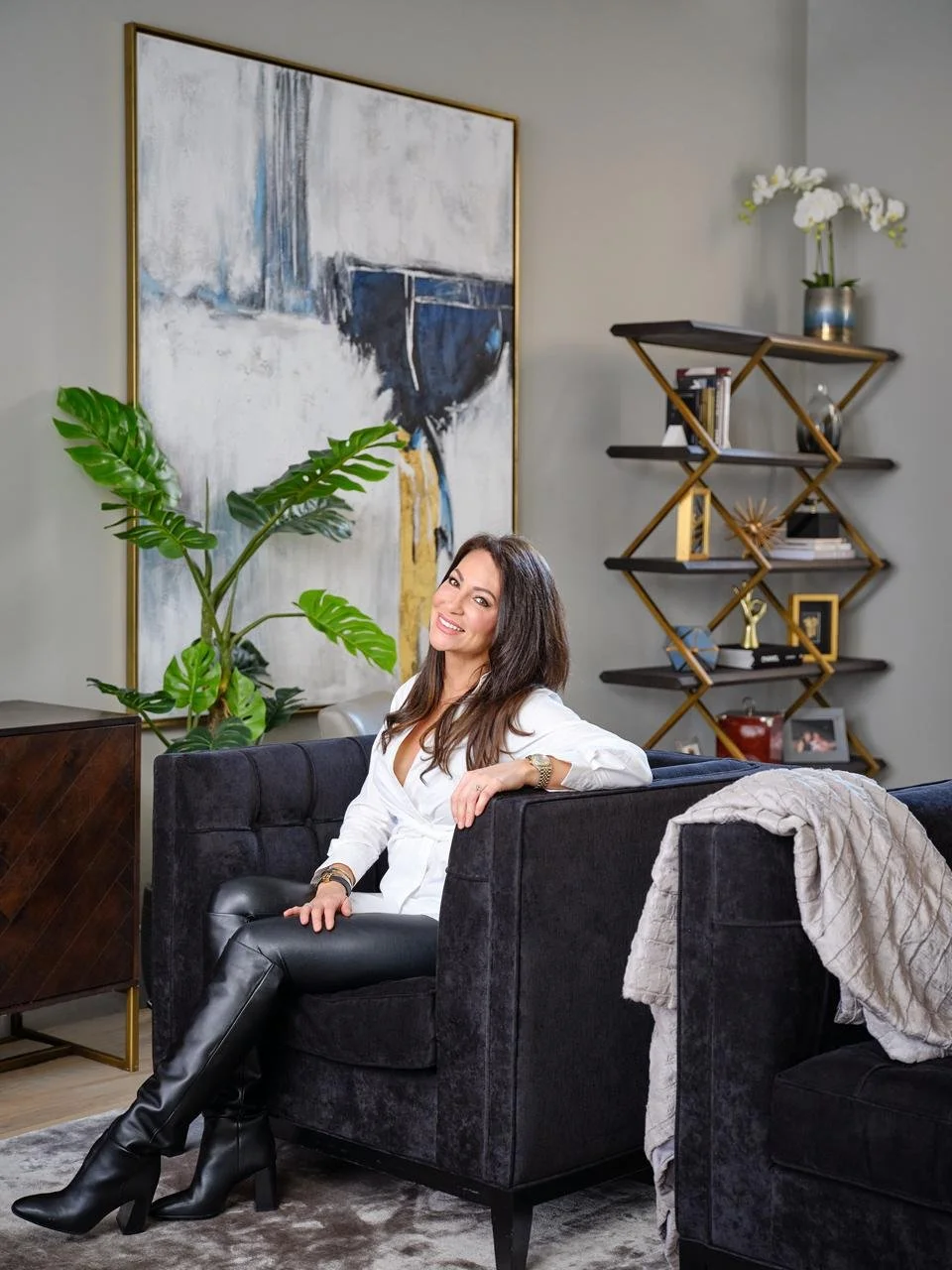2026 Interiors: Where Calm Meets Character
By Jordana Ashkenazi, Founder and Design Director of Element One House2026 is shaping up to be a year of contrast and balance - where calm meets character, and minimalism finally starts to loosen its grip. After years of pale palettes and quiet spaces, people are ready to bring a little more personality back into their homes - but without losing that sense of calm and quality that’s become so valued.
There’s a clear shift happening: some people still crave that grounded, natural aesthetic, while others are leaning into colour, pattern and a touch of nostalgia. The pendulum is swinging both ways - serenity on one side, self-expression on the other - and the most beautiful spaces find their balance somewhere in between.
1. The New Neutrals
Neutrals aren’t going anywhere - they’ve just grown up. The cool whites and pale greys of past years are giving way to richer, warmer tones: think soft mushroom, biscuit, caramel and sandy beige. These hues feel lived-in and layered, creating homes that are relaxed, elegant and timeless.
Texture is key. Instead of relying on colour for interest, it’s about depth and tactility - limewash walls, natural stone, honed finishes, boucle and linen upholstery. The palette may be simple, but it’s never flat. It’s about creating something that feels handcrafted, grounded and warm.
The “quiet luxury” mood continues, but it’s less about perfection and more about how a space makes you feel - calm, natural and considered.
2. The Return of Bold
On the other side of the spectrum, there’s a real comeback of confidence. After so much beige minimalism, people are ready to have fun again. There’s a nostalgic nod to the seventies, with deep velvets, rich colours and layered patterns re-emerging.
It’s all about self-expression - mixing jewel tones like forest green, burnt orange and aubergine with statement art and sculptural furniture. Patterns are playful but grown-up, often used in small doses: a patterned headboard, a bold tiled floor, or a velvet sofa that anchors the room.
It’s less about retro revival and more about re-interpretation - seventies soul meets modern refinement. People want spaces that tell a story and feel curated, not over-designed.
3. The Arch Evolution
One of the most recognisable design motifs of recent years - the arch - is still going strong. But now it’s evolving. What started as a decorative accent has become architectural.
We’re seeing arched front doors, internal openings, shower screens, niches and even kitchen islands with softened, curved shapes. It’s an elegant way to introduce movement and flow through a space. Arches draw the eye upwards and create a sense of calm balance - softening hard lines without feeling overly feminine or ornate.
Even in joinery, curves are making their mark - scalloped detailing, rounded corners and curved banquettes. It’s proof that structure doesn’t have to be rigid.
4. Texture Takes the Lead
2026 is very much about touch as much as sight. Texture has become the new luxury. Natural plaster, tactile stone, aged timber and layered fabrics are taking centre stage. Glossy finishes are being replaced with materials that feel real - something you want to reach out and touch.
Furniture is becoming chunkier and more sculptural, adding depth and personality to a room. Lighting, too, is more expressive - soft, diffused glows, sculptural wall lights and layered ambient schemes that create atmosphere rather than glare.
The result is a home that feels sensory and grounded - somewhere you want to live, not just look at.
5. Statement Stone & Organic Forms
Natural stone remains a star, but it’s being used in bolder, more expressive ways. Instead of uniform marble slabs, designers are choosing stones with real character - dramatic veining, textured finishes and a whole range of colour. From burgundy to blue, pink, gold and even deep purple marbles, these tones bring warmth, individuality and artistry to interiors.
At the same time, furniture and accessories are taking on organic shapes - mirrors with irregular outlines, coffee tables that feel sculpted by hand, and asymmetrical silhouettes that add softness and flow. These pieces create quiet drama - the kind that feels effortless, not forced - and add personality to both minimalist and maximalist spaces alike.
6. Layered Living
If there’s one message for 2026, it’s that homes should reflect you.
The most exciting interiors are layered - combining materials, tones and eras in a way that feels collected, not contrived.
You might prefer a pared-back palette but add a patterned rug or a deep-toned velvet chair for contrast. Or you might love colour but balance it with textured neutrals and natural materials.
It’s about finding rhythm in the mix - rough with smooth, matte with gloss, vintage with new. The most beautiful spaces feel effortless because they’ve evolved naturally over time, not been assembled all at once.
Looking Ahead
As we move into 2026, interiors are becoming more expressive but still grounded in comfort and authenticity. People want homes that feel calm, but never bland - beautiful, but never sterile.
Design is becoming emotional again - less about following trends and more about creating spaces that tell your story. Whether you lean towards the soft and natural or the bold and characterful, the heart of 2026 design lies in balance - creating a home that feels both timeless and alive.

